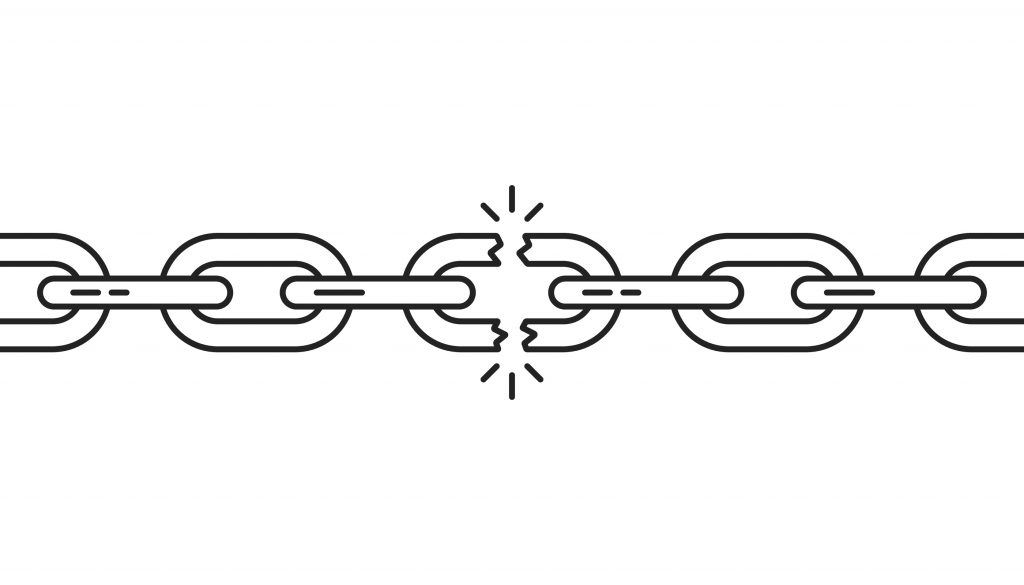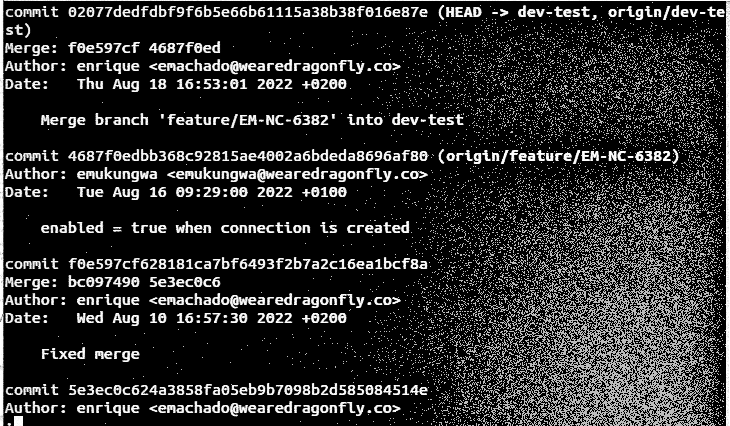Through our work with many technology and business teams over the past decade we have seen significant change and a closing of the gap between business and technology. This has given rise to opportunity as well as new challenges for teams and executives.
Technology is now at the forefront of business, but with business and technology speaking different languages both sides rarely unify successfully to become a single organism that moves in harmony towards a single purpose. On the contrary teams and executives from both sides often experience frustrations more akin to tectonic plates slowly crashing into each other and creating mountainous divides.
Addressing the challenges
Such challenges prevent technology and business teams from delivering transparency and the expected business value, and achieving agreed goals. We have seen this repeatedly and it led us to explore how we could use analytics, automation, and machine learning to answer three questions:
- Can modern technologies be combined to eradicate the administrative aspects of management, for example reporting tasks that rely on Excel and PowerPoint, to enable teams to work faster and more productively?
- Can we turn the vast and disparate datasets that organisations have into insights which can be actioned to reduce waste and enable executives to make more informed decisions?
- Can we align engineering and quality teams with business goals to improve performance and outcomes?
The neuro puzzle
Turning a theoretical idea into a platform that delivered on the three questions above was in the first instance a puzzle. At the start of our journey; cloud, analytics, machine learning and automation were not applied in the way they are for today’s modern SMB and enterprise markets. Applying new technology to engineering management is now a growing area, with increasing organisational importance and investment, as companies look more closely at organisational resilience in the race to digitalise and transform their business models.
We frequently see teams struggling with Jira reporting, then add in Zephyr or X-Ray reports and you have a data challenge. What’s more, data is hidden from management in technical tools like Git. We wanted to make all of this information available for automated reporting.
Realising results
We have been very lucky in having amazing clients who have embraced change, which has enabled us to develop neuro in partnership with them and learn from their first-hand experiences. We benefited from being able to test drive our thinking, refine ideas and develop Neuro to deliver results. A big part of the journey has been helping teams gain greater understanding about what is possible, and helping them educate their CXO and business counterparts on the value of collaborating with platforms like neuro. In a post-pandemic world where every business advantage, cost efficiency and productivity gain is important, we are seeing companies, that embrace the digitisation of functions, win. To quote a CXO around the application and value of neuro: “this changes things” which when you look at it is the foundation of what we strive to achieve.
The future
Our team has worked extraordinarily hard to get us to this point. Launching Neuro in 2021 is a significant milestone and one that is very much down to their hard work, dedication, and vision. Now we look forward to starting a new journey in which we help more organisations leverage their data to turn insight into action and create high-performing engineering and quality teams.



